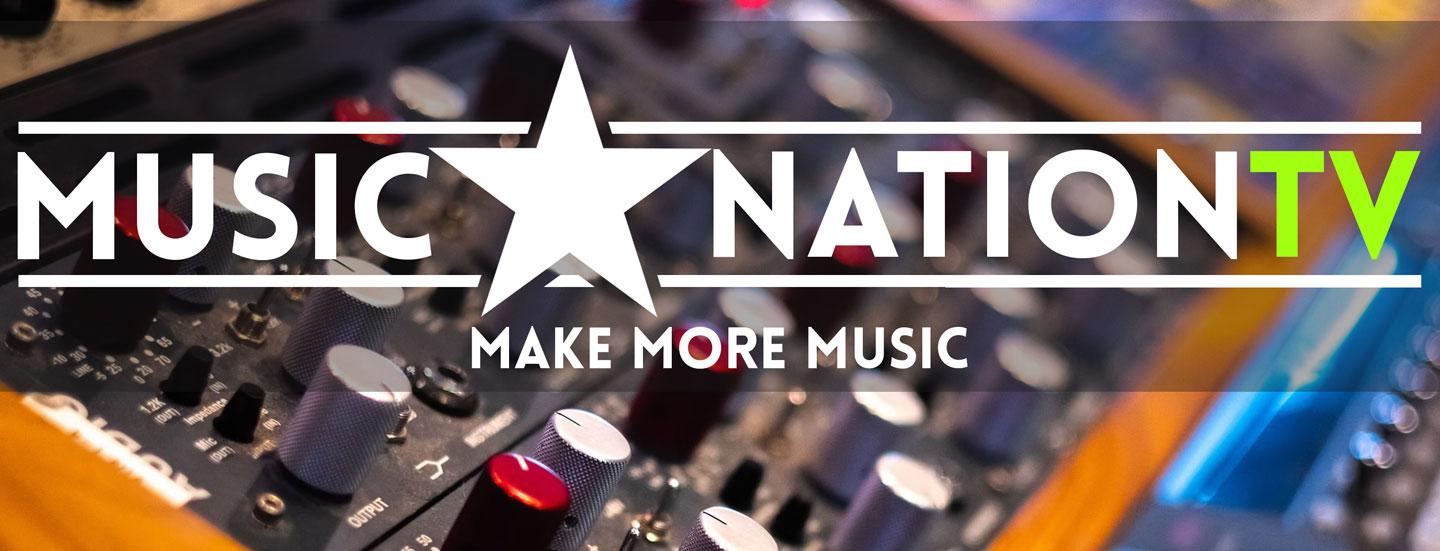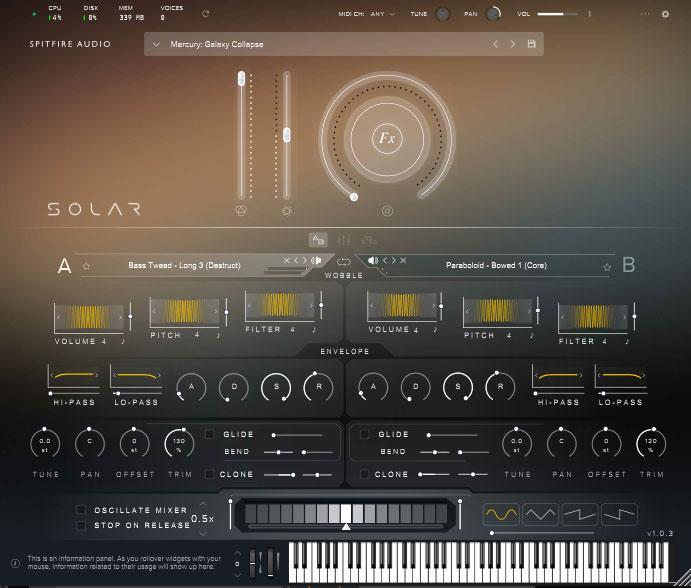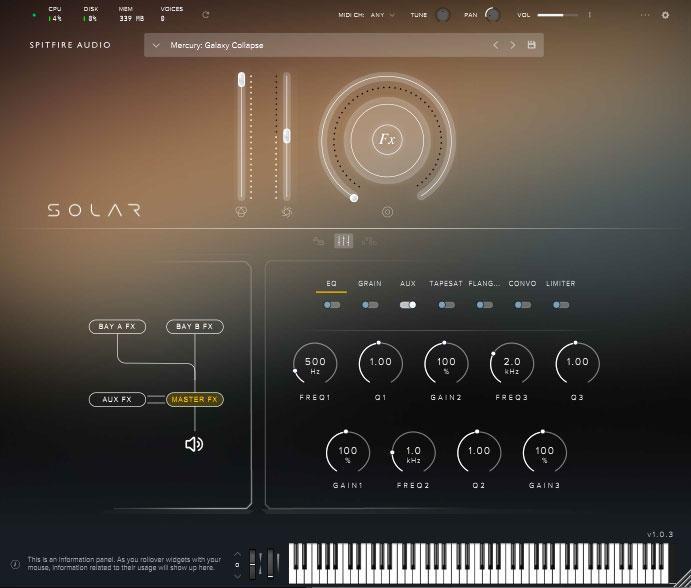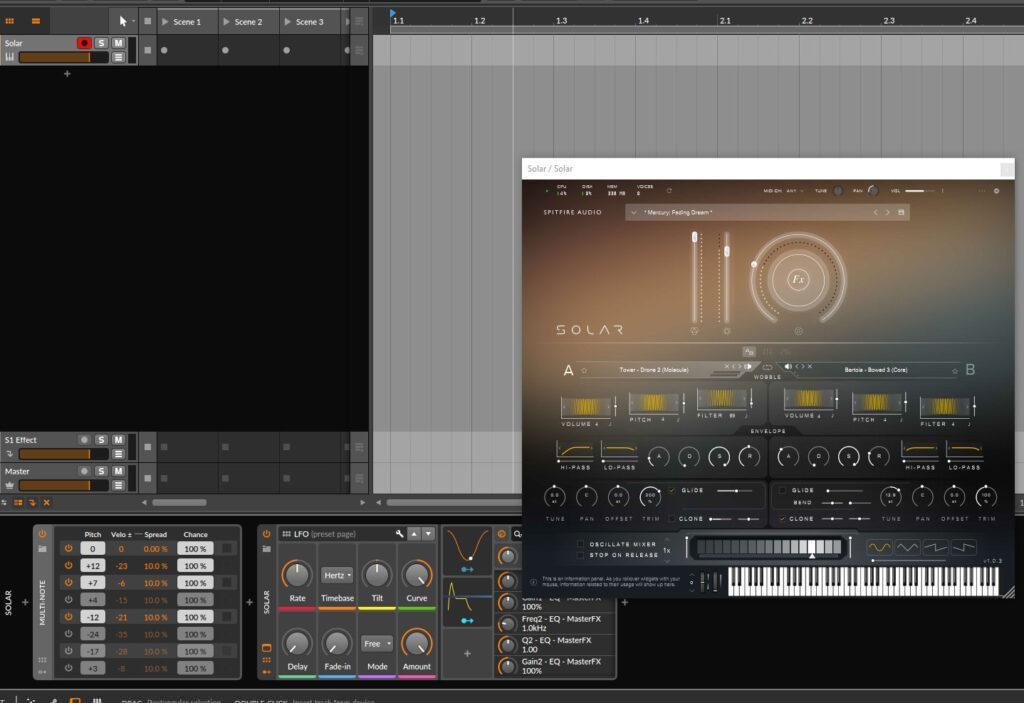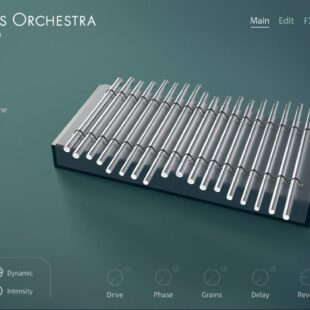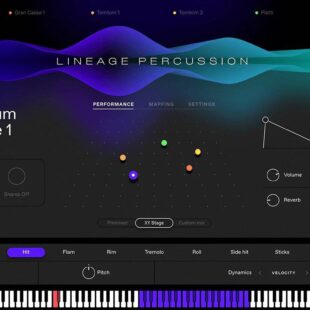Spitfire Audio Mercury – Evolving Soundscapes
Hi and welcome back to Music Nation. Spitfire Audio are synonymous with expanding boundaries in the sample library industry, offering many fantastic titles based in and around the hybrid orchestral market. Also, their boutique hybrid synths titles offer more than just typical subtractive filtering and wavetables, but a more organic approach in which to better complement and expand their foundational core orchestral instrument libraries. The new Solar synth engine has been unveiled with Mercury, a rather clever amalgamation of unique sample content and traditional synthesis that encapsulates this technique rather well.
One could almost set their watch by the regularity of a new Spitfire Audio library release, seemingly a bi-weekly affair lately. One may also wonder if the pool of ideas is running low as they’ve covered almost every angle of the traditional orchestra with one library or another, yet again another surprising little gem is on offer that neatly fills a hybrid-yet-organic sounding textures gap you quite possibly can’t afford to pass on.
I was familiar with instrument designer Chas Smith’s work some years ago after watching an interview with Charles Clouser on his fantastic treatment of the Saw movie soundtracks, along with his frequent reference to the exotic instruments used. These wild and wonderful creations looked on the whole more sculptured art than functional instruments, however, when played they created an eerie soundscape that worked wonders for not only this, but many other top Hollywood films so it seems.
Spitfire Audio have presented many such esoteric offerings over the years, most notably Hauschka Composer Toolkit and the excellent 2017 title Orbis World Synthesiser featuring a similarly sampled/synthesised work of field recordist, David Fanshaw. While none of these titles is what I would consider essential core libraries, they bring an additional layer that builds on your mainstay template.
Overview
So first, to clear up any confusion, Solar is the synth platform base, with Mercury being the collection of samples used within it to blend and morph to create the textures. Solar is a slight modification of the Orbis synth, which itself was a modernised version of the original Kontakt-based eDNA platform.
While each has slight functionality changes they all operate in a similar manner so there won’t be a huge learning curve for return users. The Mercury collection comprises over 600 samples from Chas Smith’s eclectic experimental handmade instruments.
In essence, Solar is a fairly simple subtractive synth engine with extensive effect routing, modulation and gate sequencing functions. It modulates from two core playback samplers, each drawing from the sample pool and providing the same mirror image controls. Broadly speaking, playback A is considered the base, or more raw-sounding samples, with playback B providing more affected and processed samples. A simple crossfader (or oscillator) is provided to manually or automatically pan between each playback engine.
If nothing else, this alone would provide a great range of scope for creating unique sounds from the library, however, a good selection of filters are on hand to further manipulate the sound.
The FX routing is extensive, if slightly clumsy in use. You can overlay in various FX bays a selection of familiar processes from saturation through reverbs and delays, but Solar lacks the clever macro functionality of eDNA Earth which is a shame. Finally, a twin gate sequencer is provided to further apply more movement and life to your patches.
Most of the synth controls are rudimentary, I’m sure most folks will be comfortable right out of the box mucking with the ADSR, high and low pass filters and pans. The more clever controls take a bit of getting used to but provide surprisingly flexible capabilities.
The Clone control is perhaps the most powerful of the bunch, allowing you to double the sample while pitching each clone. When affected by delay and modulation effects just this process can lead you off deep into worlds unknown. So even with its apparent limitations of only two sample playback engines, in reality, there is incredible flexibility when taking into account the cloning, offsets, oscillation mixer and gate sequencer.
The first thing that strikes you is the haunting beauty of the sounds which are so alien that your mind struggles to place them logically, are these synth textures or organic? While it’s clear most of the presets have a large amount of post-FX applied, the core sounds are eerie and off-worldly, mostly sitting in unique frequency ranges that tweak your ears much like ADSMR can.
This is a good balance between percussive and evolving sounds, which when combined make for a broad range of tones. On the whole, sounds are very metallic sounding, as you might expect from Chas Smith’s creations. This means you are more often than not subtracting and filtering high-end frequencies which are prone to sounding quite shrill if you are too heavy-handed.
The reverb is perfectly suited to the overall vibe of the instrument, but something a little more aggressive like Eventide’s Blackhole or any of the Valhalla offerings also work well.
In Use
Running through the first dozen or so presets showcases Mercury’s potential quickly. The immersion is immediate, and inspirational ideas flow after twiddling for only a few minutes. Mercury was marketed as ‘Hollywood’s secret weapon’, as I can certainly hear proof of that right off the cuff.
Some of the presets are simply amazing, with more than a few full-range patches causing my hair to blow around from the sub-bass ports on my monitors. That’s what I like to see!
The preset structure is quite confusing at first as the instrument filtering function takes time to get the feel for. Mercury’s patch browser is subjugated by a weird filtering system that only starts to make sense once you’ve spent time with the instrument. Even then a large degree of preset hunting is done by pure luck rather than educated choice.
The individual sample banks have an equally strange filtration system that relies on a starring system to track your favourite samples, as the naming convention is pure hieroglyphics. Though this is not as bad as I perhaps make out, as the somewhat experimental adventurous nature of the instruments pushes you away from collecting premade constraints to building new creations every time you use Mercury.
Loading times between patches are usually good, however, individual samples can get quite slow after a while for some reason. You are often left wondering if the sample is either a very long developing texture or simply hasn’t finished loading into memory.
Similarly, the preview button can be quite laggy and more often than not extremely loud, giving you results anywhere from a pin-drop-quite slow evolving air, to face-melting loud screech. I usually found myself just loading the full patch in rather than using the preview.
While the presets are certainly interesting, by far the most intrigue can be found in creating your own sounds. I suggest you start playing with the core features as soon as you’re familiar with the instrument for the full experience.
While there is a lot at first to take in, the foundation of creating a usable sound is rather simple – just load a sample in each player and start twiddling. Choosing complimentary source samples is something you’ll become more familiar with as you experiment, though I find starting with a “weight” sample category on player A and then a shorter sample like bell or metal in player B a good match which usually leads me to towards interesting results.
I do wish Spitfire Audio would offer the ability to share sample pools between their titles. The Solar synth is essentially the same as the other like synths in the catalogue, certainly, the sample formats are all the same. Why can’t we draw from the collective sample pool in each of the synths instead of needing to load separate instances and then layering them somehow in your DAW? The ability to morph some of the original eDNA samples with Mercury would be amazing and to me a lost opportunity to homogenise the range
Also, a big question is where to use these sounds, how to apply them to your projects without saturating or, horror of horrors, sounding too much like every other composer who has just brought the library and is now lavishly smearing it all over every bar of music they’re producing. Just willy-nilly sploshing this around might have the desired effect of applying spooky sound effects here and there, but I think a lot more care is required to weave tastefully as more musical highlights rather an in-your-face hammer.
The Sound
Though you could generalise and say everything Mercury produces sounds basically the same, the art is in the detail. Tweaking settings can certainly reward you with rather unique results, albeit all in the general “washy texture ambience” genre.
So while Mercury doesn’t exactly offer all things to all men, there’s something very valuable about having a focused tool that does one job extremely well. How many times have we all spent trolling through hundreds of patches searching for that elusive pad-swell patch when something like Mercury could present a selection of familiar and inspiring sounds quickly?
Even though Mercury has a unique resonating metallic, non-twelve-tone type sound, everything I made during testing eventually ended up sounding very dark and similar. While this may suit your project needs, I think it’s more likely you’ll find Mercury invaluable when layering with other libraries.
You could take the obvious route and overlay with the likes of BT Phobos or even the original eDNA Earth, but I have been experimenting with ordinarily plain libraries like Kontakt’s Factory banks and finding low-quality samples can be expanded and usually sound fantastic when combined. Mercury brings life to your older sample libraries, making it value for money double-edge sword.
Also, if you felt Solar’s lack of modulators is somehow restrictive, I found this easily overcome by using external modulators such as Bitwig Studio’s awesome instrument modulators. So while Solar’s functionality is fine, being able to automate all of Solar’s ordinarily unmoving core functions further lifts the synth’s capabilities to a whole new level, more than making up for the lack of macro controls.
The sampled instruments provided all sound great with a distinct metallic, off-worldly tone. It’s a shame Spitfire doesn’t provide more photos and information on how the original instruments, if not only for educational purposes, but to obtain a better understanding of the intended application and how it should be played. Mostly you are just fishing around blindly for samples that sound interesting, then meshing with another sample that sounds interesting.
Conclusion
Though Spitfire Audio’s Mercury is a hauntingly beautiful collection of source samples with a clever yet simple synth platform, this nevertheless will require some serious hours dedicated to experimentation and tweaking to fully appreciate. Even though it’s surely only a taste of the original instrument’s capabilities, the extensive processing and FX appear to make up for any limitations of sampling technologies used.
I don’t believe Mercury is intended purely as a solo, stand-alone instrument, but rather an expansion to, or partner of other core orchestral libraries. Mercury meshes in perfectly with any of the big boy titles like BBC Symphony, Symphonic Strings and Hans Zimmer Strings libraries, and happily even works quite well with lesser titles, bringing a glossy polish to even basic vanilla libraries like Kontakt’s lowly factory orchestral collection.
Compared to other titles like eDNA Earth and the rather brutish BT Phobos, Solar is a relatively simple and intuitive synth in use. Though on paper it doesn’t have the functionality of other similar titles in the Spitfire catalogue, it delivers more than enough control within the scope of the instrument, especially when paired with external modulation from such DAWs as Bitwig Studio.
Spitfire Audio eDNA synths are missing a huge opportunity by not sharing sample pools between products. Mercury is a very focused sound genre that would hugely benefit from injecting other more orchestral or digital sounds into the mix.
Spitfire Audio’s Mercury is a definite success in that it fills a gap in the ever-saturated market of contemporary epic orchestral libraries. Whether you can utilise the samples set to their maximum will come largely come down to how you write and compose music, but I am confident any arrangement from the most simplistic to the complex will be elevated by Mercury, which at this bargain price point certainly puts it near the top of your must-have list for 2022.
Full details and purchasing information on the Spitfire Audio website

Like the review? Shout us a cup of coffee!
